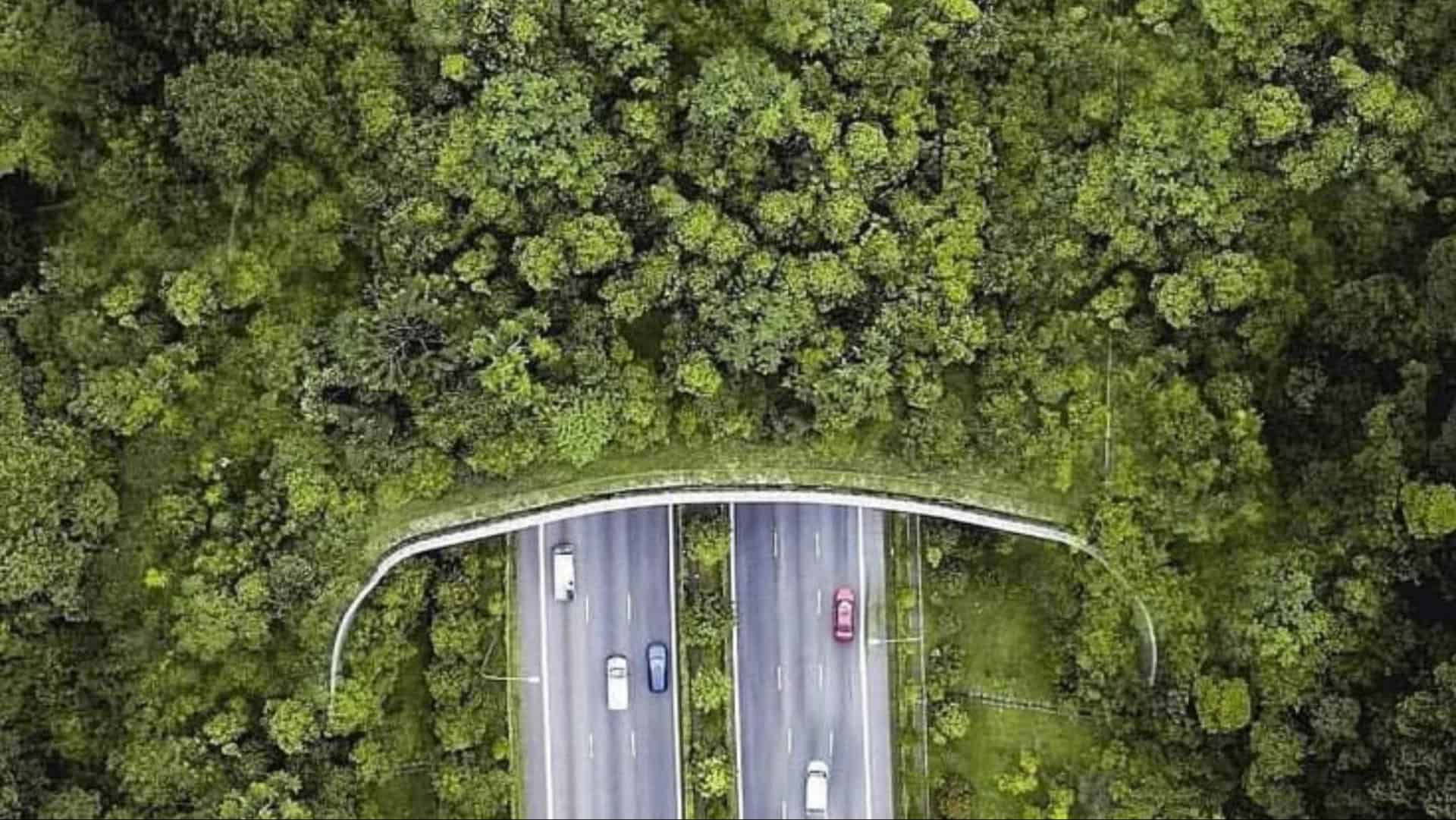Regenerative urban neighborhoods are transforming city landscapes by incorporating natural and semi-natural systems.
These initiatives aim to not only minimize environmental harm but also enhance ecosystems and boost biodiversity.
By adopting green-blue infrastructure, cities can contribute positively to the environment and improve residents’ quality of life.
Let’s explore some fascinating aspects of these innovative neighborhoods.
1. Green Roofs and Walls

Green roofs and walls are powerful tools in the fight against urban heat and pollution.
These living structures provide insulation, reduce energy consumption, and enhance urban biodiversity.
By converting rooftops and walls into green spaces, cities can create habitats for various species, contributing to ecological balance.
Additionally, they offer aesthetic value, making urban environments more pleasant for residents.
Implementing green roofs and walls can significantly improve air quality and promote mental well-being, creating a healthier living space for everyone.
2. Community Gardens

Community gardens are blossoming across cities, providing residents with access to fresh produce and green spaces.
These gardens foster community spirit and collaboration, as neighbors work together to cultivate and maintain the gardens.
Beyond food production, community gardens support pollinators and wildlife, enhancing local ecosystems.
They also serve as educational hubs, where people of all ages can learn about sustainable practices.
By promoting healthier lifestyles and environmental stewardship, community gardens are vital components of regenerative urban neighborhoods.
3. Permeable Pavements

Permeable pavements are revolutionizing urban water management. Unlike traditional surfaces, they allow rainwater to seep through, reducing runoff and preventing flooding.
This innovative approach supports groundwater recharge and minimizes the burden on stormwater systems.
Furthermore, permeable pavements can filter pollutants, improving water quality.
By integrating these surfaces into urban designs, cities can foster healthier water cycles and protect aquatic ecosystems.
This sustainable solution demonstrates how simple changes can have significant environmental impacts.
4. Urban Forests

Urban forests are essential to creating greener, more resilient cities. These spaces offer shade, reduce urban heat, and improve air quality by absorbing pollutants.
By planting diverse tree species, urban forests increase biodiversity and create habitats for wildlife.
They also provide recreational opportunities and enhance mental well-being for city dwellers.
Urban forests are critical in building climate resilience and fostering a harmonious coexistence between nature and urban life.
Investing in urban forests is investing in a sustainable future.
5. Rain Gardens

Rain gardens are becoming popular features in urban landscapes. These shallow, vegetated areas capture and filter stormwater runoff, reducing pollution and erosion.
By using native plants, rain gardens support local biodiversity and attract pollinators.
They also offer aesthetic and recreational value, transforming mundane spaces into vibrant ecosystems.
Rain gardens are practical for managing urban water issues and provide a haven for wildlife.
Their integration into city planning demonstrates a commitment to sustainable living and environmental enhancement.
6. Bioswales

Bioswales are engineered to manage stormwater in urban areas effectively.
These vegetated channels slow down water flow, allowing it to infiltrate the soil and reducing flooding risks.
By planting native species, bioswales support local ecosystems and enhance urban biodiversity.
They also filter pollutants, improving water quality before it reaches water bodies. Bioswales are an aesthetically pleasing solution, blending nature with urban infrastructure.
Adopting bioswales illustrates a commitment to sustainability and ecological responsibility in city planning.
7. Vertical Farming

Vertical farming is transforming urban food production by maximizing space and minimizing resource use.
These innovative farms grow crops in stacked layers, often using hydroponics or aeroponics. This method reduces water use and eliminates the need for pesticides.
Vertical farms can be integrated into urban buildings, providing fresh produce close to consumers and reducing transportation emissions.
By promoting food security and sustainable agriculture, vertical farming is a cornerstone of regenerative urban neighborhoods, paving the way for a greener future.
8. Wildlife Corridors

Wildlife corridors are essential for maintaining biodiversity in urban areas. These pathways connect fragmented habitats, allowing animals to move safely and access resources.
By facilitating gene flow, wildlife corridors support healthy populations and reduce the risk of extinction.
These corridors can be created through green bridges, tunnels, or connected green spaces.
Integrating wildlife corridors into urban planning demonstrates a commitment to coexistence with nature.
They are crucial for preserving biodiversity and ensuring the vitality of urban ecosystems.
9. Eco-friendly Transportation

Eco-friendly transportation is reshaping urban mobility and reducing carbon footprints.
Electric buses, bikes, and pedestrian-friendly infrastructure encourage low-emission travel.
By investing in public transportation and active travel options, cities can decrease reliance on fossil fuels and improve air quality.
These initiatives promote healthier lifestyles, reduce traffic congestion, and support sustainable urban growth.
Implementing eco-friendly transportation systems is a crucial step toward creating regenerative urban neighborhoods that prioritize environmental health and human well-being.
10. Solar-Powered Communities
Solar-powered communities are leading the way in sustainable urban living. By harnessing sunlight, these neighborhoods generate clean energy, reducing dependence on fossil fuels.
Solar panels can be installed on rooftops or within community solar projects, providing energy solutions for residents.
These initiatives lower energy costs and contribute to reducing carbon emissions.
Solar-powered communities exemplify a commitment to renewable energy and environmental responsibility.
They are a critical component of regenerative urban neighborhoods, powering a brighter, sustainable future for all.


